What is a wheel of life?
When you look at the different areas of your life—health, career, finances, relationships etc.—where are you currently thriving and which areas of your life need improvement to reach individual and overall life goals?
Are you doing well financially, but don't feel good about your eating habits and long working hours that are impacting your health? Do you think your career is on the right track as you feel happy about your job and the work you do everyday, but when it comes to relationships, you're highly unsatisfied and unfulfilled?
Are there important things you've been neglecting while spending too much time on other parts of your life? When you can't connect and balance the essential dimensions of your life, it can leave you feeling overwhelmed, out of control and unsatisfied.
To enhance your well-being and lead a more fulfilling life, you need to regain equilibrium into the different facets of your life. This is where the wheel of life comes into picture.
The wheel of life is a useful tool to realistically evaluate different areas of your life and assess what's off balance. By considering each area like spokes on a wheel and rating your level of satisfaction or the attention you're giving to that life area, you can identify where you're excelling and where there is room for improvement. Here are some of its major advantages:
-
Uncover areas of your life where you're flourishing and areas of life where you're struggling.
-
Identify areas of life where support, guidance and additional focus are needed.
-
Assess your needs and set goals aligned with your core values.
-
Review your progress to see how you're doing and make corrections as you go.
What is the wheel of life based on?
Wheel of life is based on a simple philosophy—everyone can have the life they want only if they're highly self-aware of their time and energy and willing to do the work it takes to create a more balanced life.
Wheel of life was designed by Paul J. Meyer, the pioneer of the self-improvement industry, in the 1960's as a tool to help people realize their goals. Used by coaches and individuals around the world, wheel of life is known by many names—Coaching Wheel, Wheel of Success and Life Balance Wheel—with the common purpose to help people assess where they stand today, what they desire and how they can bridge this gap to lead a more happy and fulfilling life.
It's a practical tool as it helps individuals map their time and attention to the satisfaction they're getting in life. By visually drawing out and scoring different dimensions of life that are important to them, they can clearly separate harmful behaviors and actions from those that add value to their life.
This in turn enables them to take small steps aligned with the life they want to live by cutting down on destructive behaviors, adopting new ways of thinking and embracing positive steps in the direction of their goals.
What are the main parts of life?
The wheel of life usually has 8-10 categories with the most common being:
-
Family & Friends
-
Career & Business
-
Personal Development
-
Finance
-
Community
-
Relationships
-
Health & Fitness
-
Spiritual
While these are some of the common dimensions used in the wheel of life, you don't have to use them all. You can identify and use areas of life that are important to you. These could be based on the roles you play in life as a parent, spouse, team member etc or other things that you deem important in your life like creativity, honesty, adventure, purpose, freedom, education, or attitude.
The wheel of life template provided with this product gives you a custom worksheet where you can define and use your own areas of life. You also get a wheel of life worksheet with 8 predefined areas that you can put to use right away.
How to take the wheel of life assessment?
To use wheel of life worksheet, follow these steps:
Step 1: Identify life areas
Brainstorm 8 dimensions of your life that are important to you. These could be based on the roles you play in life as a parent, spouse, team member etc or other things that you deem important in your life like creativity, honesty, adventure, purpose, freedom, education, or attitude. You can also start with the 8 common areas of life provided with this product and change as you go.
Once you have them identified (if different from the ones predefined and provided for you), write one on each spoke of the life wheel.
Step 2: Score each life area
Consider a scale from 1 (lowest) - 10 (highest) and think about the amount of attention you're giving to each life area identified in the step 1 above. This score also represents your satisfaction from that life area.
Now mark this score on the wheel of life.
The wheel of life comes in two different styles:
-
Pie style: In pie style, color each grid with a different color till the score.
-
Spider web style: In this style, mark each score and connect them together to create a visual representation of your life.
You can see the examples in the images for each style provided with this product to understand how to do it better.
Step 3: Reflect on gaps and improvements
Think about your ideal level in each area of life. What gaps do you see? Remember you have limited time, so don't strive to get a 10 in each life area. That would be unrealistic and will only set you up for disappointment and frustration.
Think about the cost of spending time in one area as opposed to another. Consider different choices and compromises you need to make. What would be the ideal level of attention that will get you what you want while being sensible and practical?
Self-reflection is a great way to connect with reality and accept your current state before you can think about the steps ahead. Answer the questions provided in the worksheet to:
-
Get insights into areas of life that are causing you difficulty.
-
Identify areas of life where support, guidance and additional focus are needed.
-
Identify areas that need improvement to reach individual and overall life goals.
Step 4: Create your improvement plan and take action
You know what you want. But, knowledge is useful only when you also put it into action. To improve, you need to create a plan of action.
To create your improvement plan, do this for each life area:
-
State your goal.
-
Identify the changes you'd like to make.
-
Think about the help and support that may be needed to fulfill this goal.
-
Write down the small steps you need to take to make progress on this goal.
The template provided with this product includes all these steps for each life area to enable you to take action and build the life you want. It also comes with a custom template where you can add your own life areas as opposed to using the ones provided by default.
Step 5: Target continuous improvement
You can't achieve all your life goals in a day. It's a continuous process where you need to act, measure and refine your strategy to include the changes you need to make.
The wheel of life product includes a progress tracker to help you track your scores every month to see whether you're doing better, getting worse or staying the same. You can track your monthly scores and compare them to your ideal score for each important life area. It also includes a custom template where you can define your own life areas for tracking instead of using the predefined ones.
By following these 5 steps, you can improve your wheel of life and find your ideal life balance.
Also see the Daily, Weekly and Monthly Planner and Implementation Intentions to give life to your goals.
How to apply the wheel of life in coaching?
To apply the wheel of life in coaching sessions, you need to introduce your clients to the concept of wheel of life, help them understand why and how it's a powerful tool to make changes aligned with their goals and then empower them to follow each step provided with this product to build the life of their dreams. Here are the 5 steps:
-
Create their wheel of life: Identify areas of life that are important to them and map them on the worksheet.
-
Assess their current level of satisfaction: Use either the pie style or spider web style template provided with this product to rate their attention in different areas of their life.
-
Reflect on possible improvements: Ask them to answer the questions in self-reflection exercise to determine gaps and possible improvements.
-
Create their plan of action: Work with them to state their goals and list the steps needed to achieve them.
-
Track their progress: See how they're progressing each month by comparing their scores to their expected and ideal scores.
Ensure your clients understand that improving wheel of life is not a one-time activity, it’s a continuous process of learning and growth.

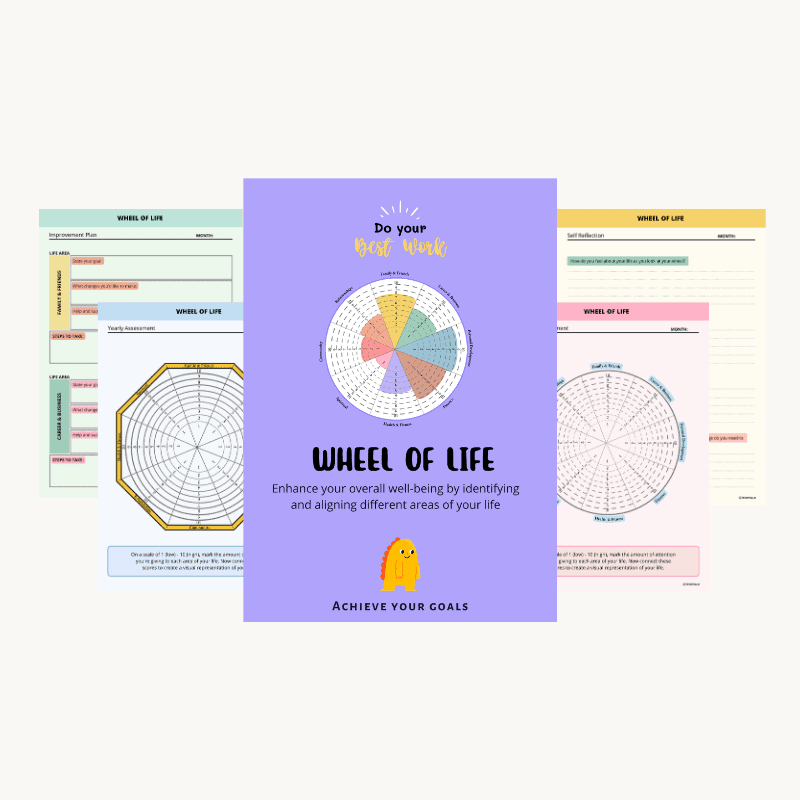
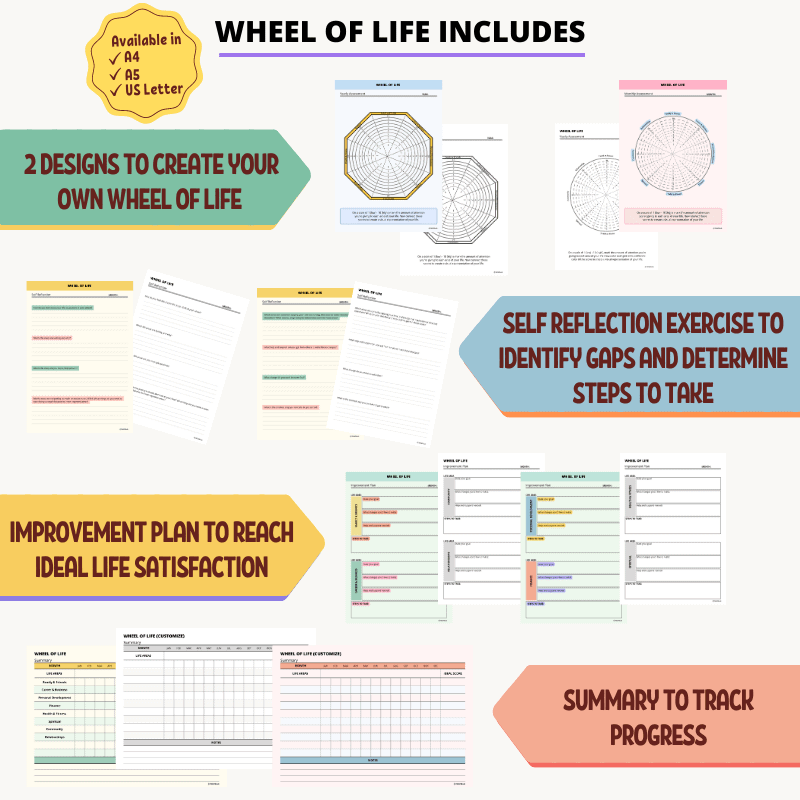
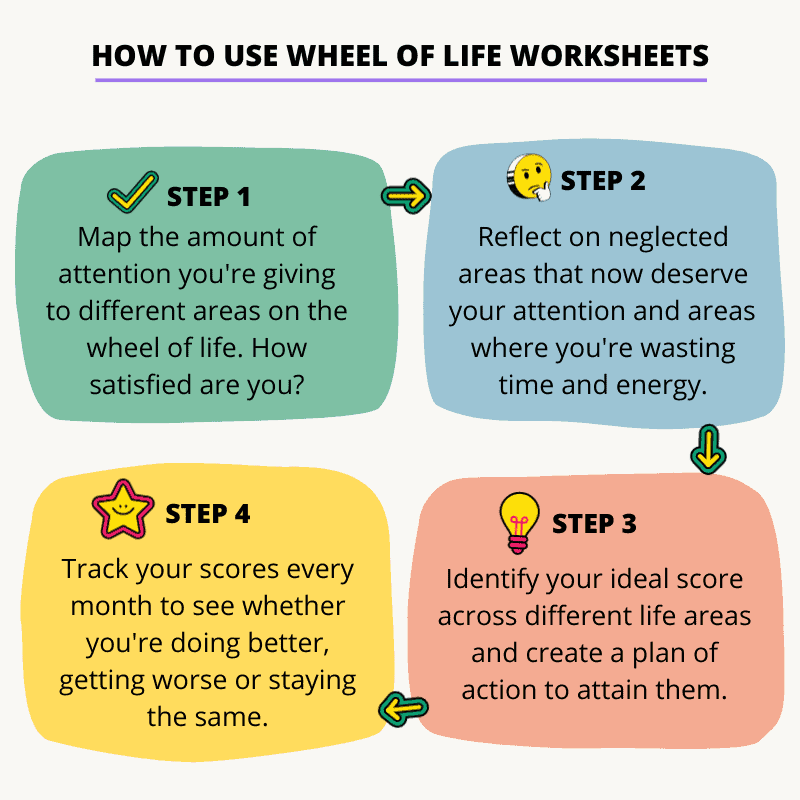
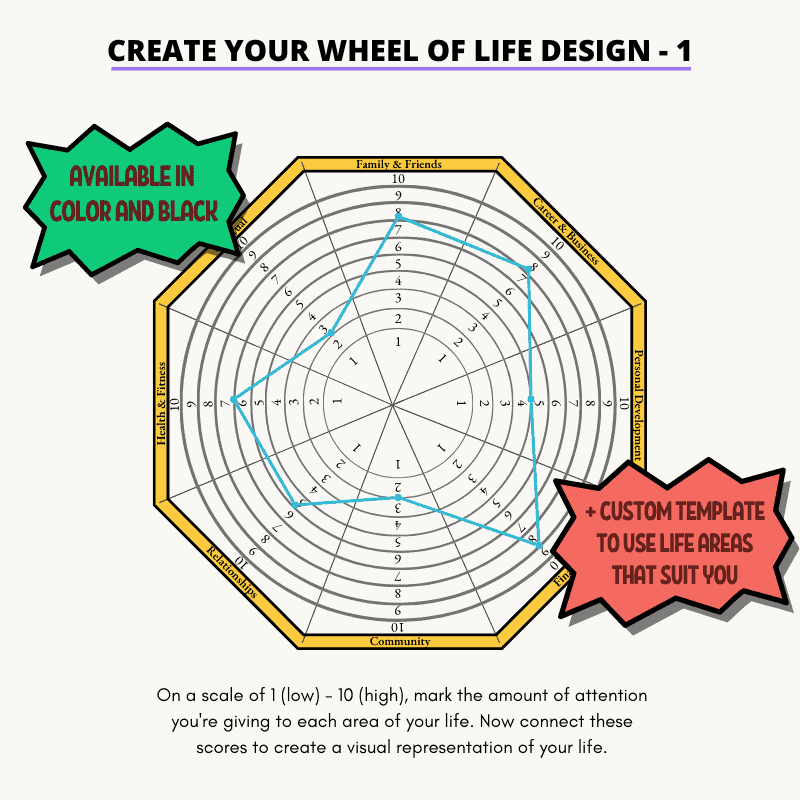
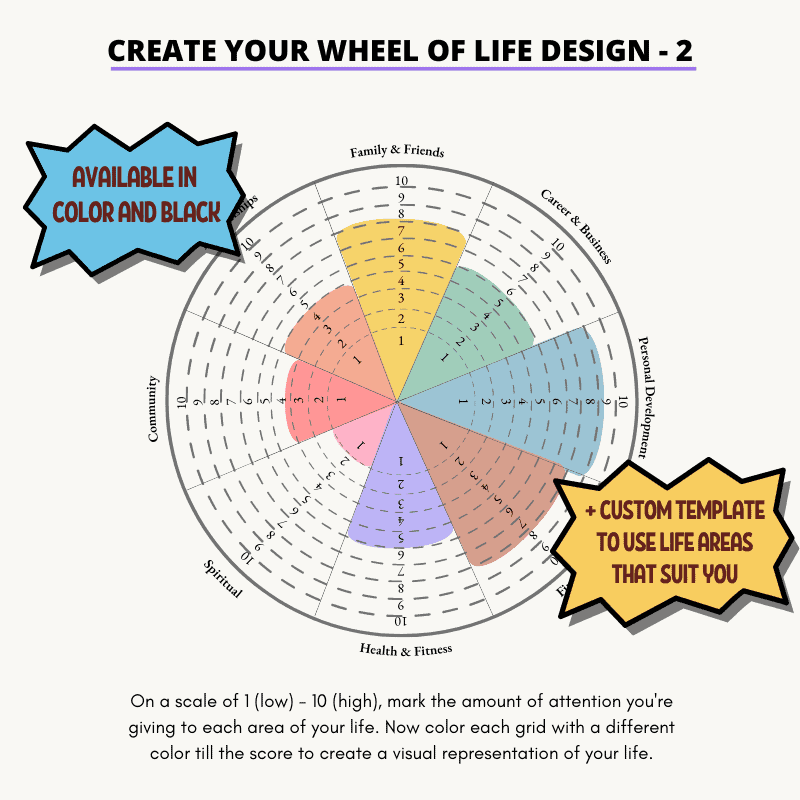
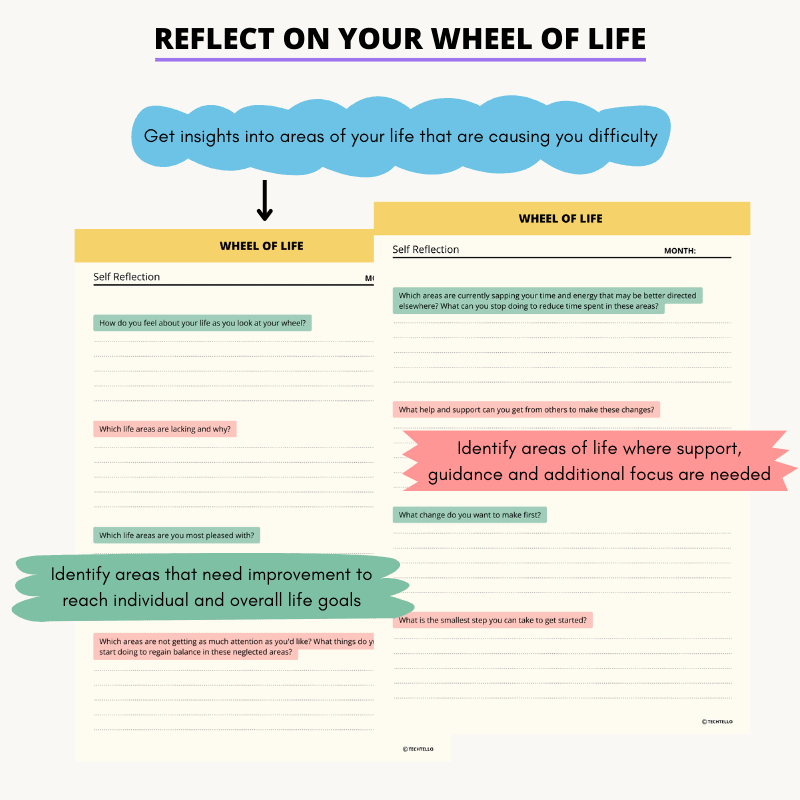
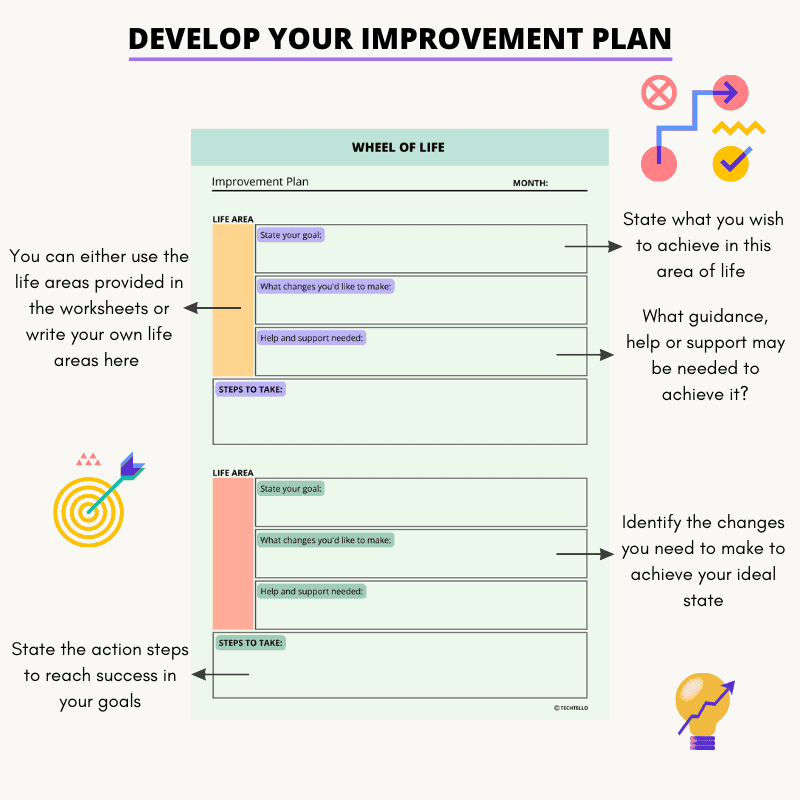
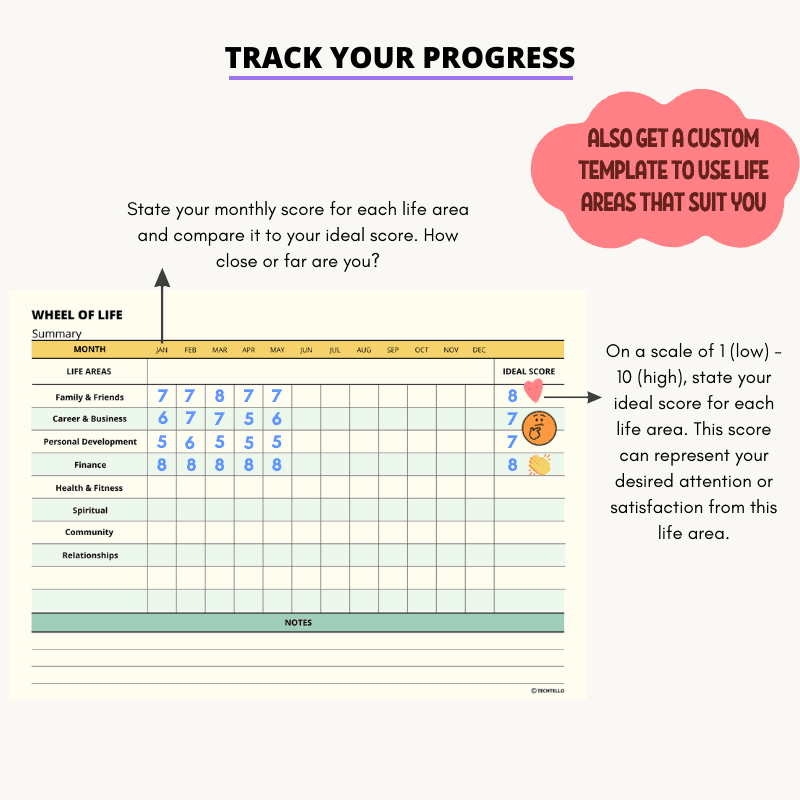
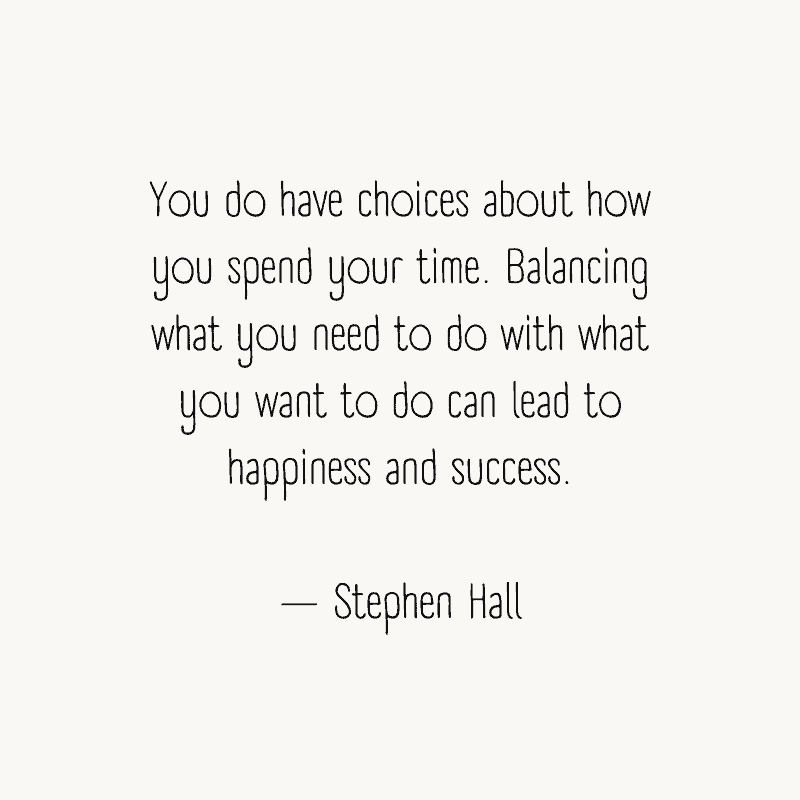
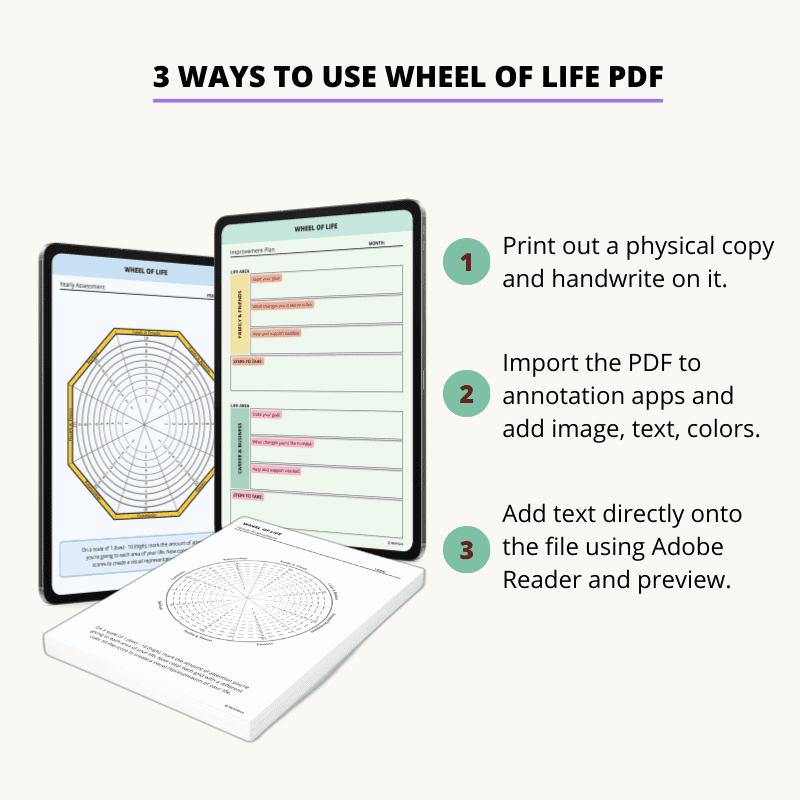

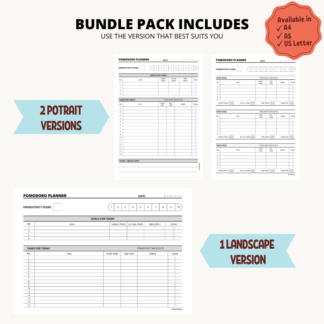
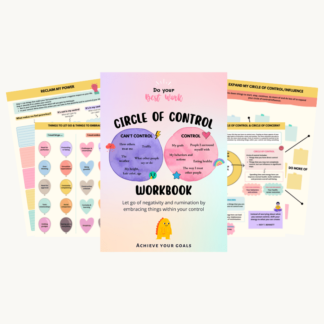
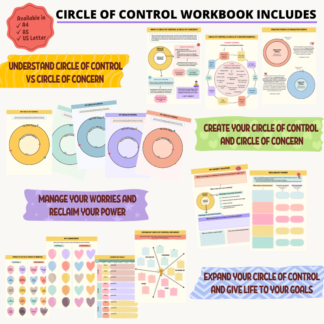
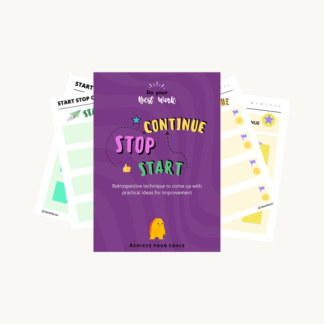
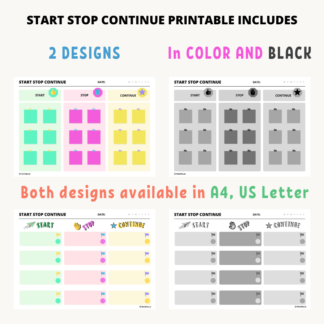
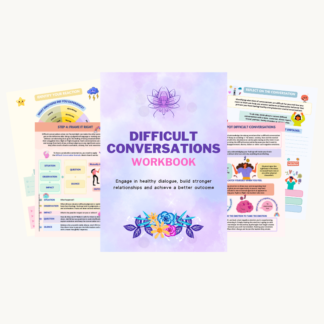
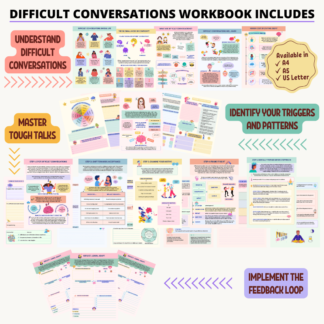
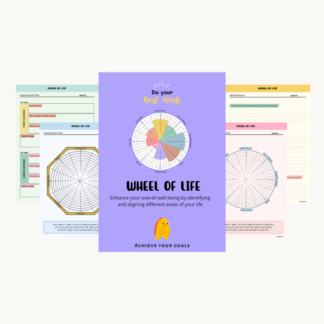
Reviews
There are no reviews yet.